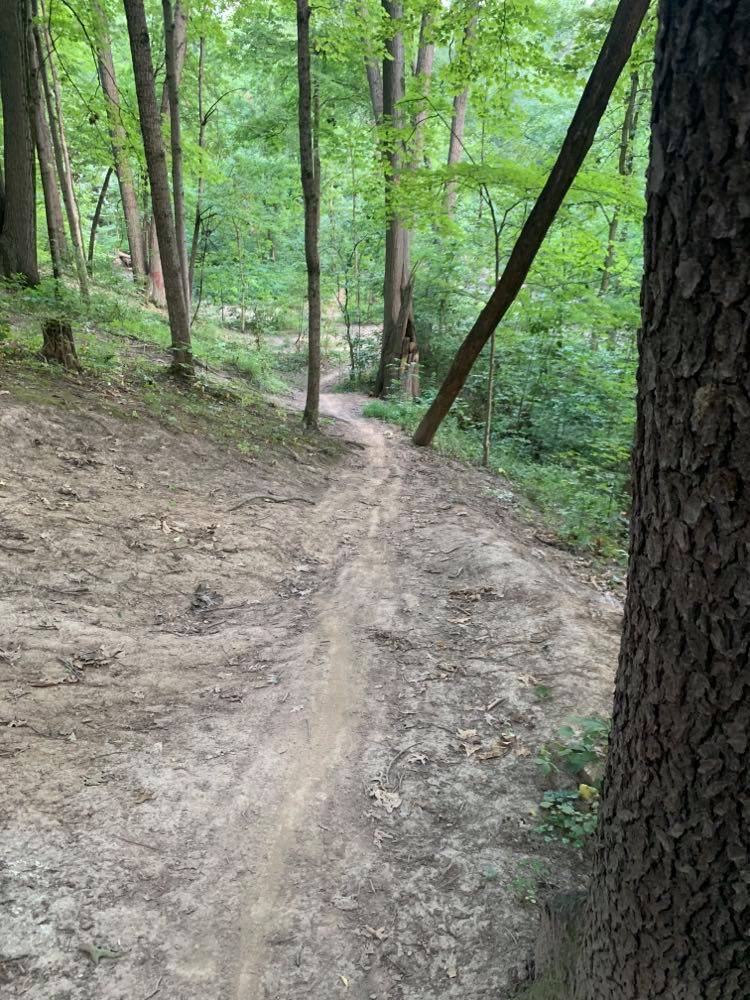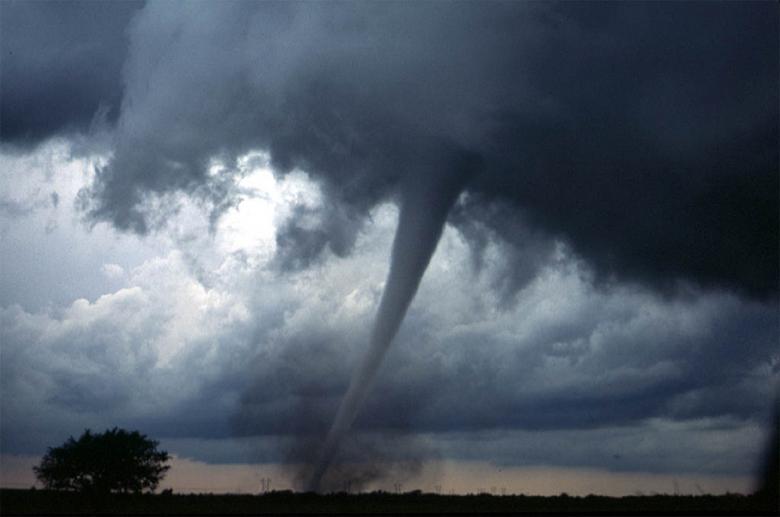Decades ago, I dated a man who refused to be impressed that I was good at cooking, because “cooking is just following recipes.” I found this utterly wrong and provoking, but I didn’t have a solid rejoinder, and he was difficult to argue with anyway, because he was unfortunately always right.
I will not mail him an anonymous gift of Rebecca May Johnson’s Small Fires: An Epic in the Kitchen, which is the rejoinder I couldn’t articulate back then.
I wasn’t going to read this book. I read something about it somewhere, requested it from the library, checked it out, read the first eight sentences, rolled my eyes, and put it aside. It was so precious, so very very precious and self-important (the first sentence: “I tried to write about cooking, but I wrote a hot red epic”). I gave it another chance by putting it in my backpack for a recent car trip, with no real intention of ever taking it out of the backpack until it was time to return it to the library.
But my passenger-anxiety is at a high pitch this summer, because I’m teaching my younger daughter to drive. It’s never been this bad, and I’m afraid even with people I’ve ridden with many times. On the drive home, my older daughter did not take kindly to re-encountering the gasps and hand-wringing she endured during her own student driving days. So I had to read a book—I would hold it right in front of my face so that I couldn’t see the narrow shoulder, couldn’t see the curve of the highway, and therefore couldn’t invent a mental image of disaster! And thus did I give Small Fires another chance.
I started as a resistant reader, but I eventually began to understand the project by connecting it to other books I have enjoyed. Like Maggie Nelson’s The Argonauts, it’s a work of “autotheory,” bringing critical theory to bear on one’s lived experience. Nelson writes about sex, gender, reproduction, and the body, and Johnson writes about food. Like Jenny Odell’s How to Do Nothing: Resisting the Attention Economy, it applies thinking work associated an academic discipline—art in Odell’s case and literary studies in Johnson’s—with daily life: attention and cooking, respectively.
An instance of cooking a recipe is a “performance,” she says, and in chapter 5, “Hot Red Epic,” she imaginatively chronicles the one thousand times she has prepared The Recipe (spoiler: for a fresh tomato sauce), noting changes occasioned by mood, circumstance, happenstance, dining companion. The Recipe is capacious, The Recipe is flexible.
But where did The Recipe come from? Johnson’s dissertation was a reception study of The Odyssey, meaning she focused not on the original poem but on how The Odyssey as a source text was “read, translated, repurposed and rewritten by different people up to the present moment.” Chapter 6, “Tracing the Sauce Text” goes backward in time to Johnson’s original Recipe, Ruth Rogers’s rendering of a recipe by Marcella Hazan, and then backward again to the not-one-but-two versions of The Recipe that Hazan published. Both chapter 6 and chapter 7, “Unlovely Translations,” complicate the idea of cooking as performance of a recipe by linking it to translation; Johnson considers her own thought process in altering The Recipe to accommodate diverse circumstances with the thought process of a literary translator (with special attention to Emily Wilson’s recent translation of The Odyssey, of course).
She addresses my long-ago boyfriend head-on (actually, she addresses psychoanalyst D. W. Winnicott, who shared similar opinions) in chapter 8, “Refusing the Recipe,” and chapter 9, “Consider the Sausage!” A recipe is not a master, and a recipe-follower is not, as Winnicott believes, “the slavish one who complies.” A recipe is a text, but cooking is an embodied act, and thus there is always the possibility of surprise—the act of cooking will always be more expansive than the recipe because it is a performance, because it is a translation, and also because it is a bringing-into-being, a bringing-into-the-world.
Most people don’t have the patience to read critical theory applied to Extremely Serious Philosophical and Political Issues . . . the set of people who will be interested in critical theory applied to the cooking of tomato sauce is smaller than that. But I enjoyed it quite a bit, especially thinking about my own version of The Recipe, a lentil soup I may well have made a thousand times, or will before I die. My relationship with My Recipe began in 1993. Here’s how I described it in the introduction to the recipe in the cookbook I wrote for my children eleven years ago:
Here’s the story of this soup. I always liked to cook, but I only cooked when I was eating with other people, so in college, when I lived alone, I ate a lot of crappy food. But then I read Mollie Katzen’s cookbook “The Enchanted Broccoli Forest,” in which she devoted a page to trying to persuade single people to cook nice food for themselves (included in Mom’s Cooking Autobiography). This soup was my first attempt at cooking good food just for myself. I started out with the recipe for “Lentils, Monastery Style” from Frances Moore Lappé’s “Diet for a Small Planet” and adapted it over the years to suit myself. If I had to pick one food to eat for the rest of my life, I would seriously consider this soup. I always eat it with corn bread.
I look now at the ingredient list for Lappé’s soup:
- 1/4 cup olive oil
- 2 large onions, chopped
- 1 carrot, chopped
- 1/2 teaspoon dried thyme
- 1/2 teaspoon dried marjoram
- 3 cups stock
- 1 cup lentils, rinsed
- 1 pinch Salt, to taste
- 1/4 cup chopped fresh parsley
- 1 16 ounce can tomatoes
- 1/4 cup dry sherry
- 2/3 cup grated Swiss cheese
And compare it with the list I wrote down eleven years ago
- ¼ c. olive oil
- 4 carrots, sliced
- 1 onion, chopped
- 1 tsp. thyme
- 1 tsp. marjoram (oregano is tasty, too, if you don’t have marjoram—feel free to try new herbs with this soup)
- 1 large or 2 medium tomatoes, chopped
- 1 ½ C. lentils, rinsed
- ½ tsp. salt (or more if you like more)
- 4 C. water
- Heat oil in a large pot and sauté the carrots and onion for 3 to 5 minutes. Add thyme and marjoram and sauté for about a minute. Add tomatoes, lentils, salt, and water. Bring to a boil and cook, covered, until lentils are cooked, about 45 minutes.
And I think about how I make it now: more like a tablespoon each of the thyme and marjoram, and I’m not sure because I don’t measure it, a 15-ounce can of petite diced tomatoes, Better than Bouillon vegetable stock instead of water. Lappé was obsessed with “protein combining” because that was the science at the time: people thought you had to get all your essential amino acids at a single meal instead of spread over the course of a day—the shredded Swiss cheese was weird melted into a bowl of lentil soup, and that was probably the first thing I jettisoned from her recipe. I might have consulted her book as the source text for my changes for the first ten years I made The Recipe, but at some point it became so thoroughly mine that it was inside me; writing it down for the cookbook for my children was capturing The Recipe for me at that moment, but it didn’t fix it—The Recipe continued to change.
Last week I made a corn salad for my family, and my niece asked for the recipe. I’ve been making this salad for probably about five years, and I don’t remember if there is a source text or if I made it up. I have my recipes written down everywhere, in emails or texts I send to people who ask for a recipe, in the cookbook, in the Notes app on my phone, on small pieces of paper stuck to my refrigerator. Each version of the cookbook (I gave copies to my daughters and stepson at different times, and updated before each printing) is obsolete as soon as it’s printed, which is probably why I’ve never printed my own copy. I wrote down the corn salad recipe, and maybe in ten years I’ll look at it and wonder how such a simple thing will have changed so much by then.
- Corn Salad
- 5 ears corn on the cob
- 2 medium or large tomatoes
- 1/2 of a medium or large red onion
- 1 bunch Italian flat-leaf parsley
- 1/2 C olive oil
- 2 Tbsp. white vinegar
- 2 Tbsp. balsamic vinegar
- 2 Tbsp. red wine
- Salt and pepper to taste
- Boil the corn for 8 minutes in salted water. When the cooked corn is cool enough, cut the kernels off the cob, using the flat part of the knife to scrape the tiny bits out of the cob afterward. Cut the tomatoes in half and squeeze out the seeds to discard them; chop the rest of the tomatoes coarsely. Finely dice the red onion and chop the parsley. Combine all ingredients. Chill before serving.















